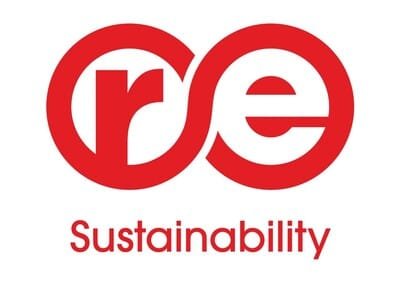Recapitalize banks to lift investments, Rangarajan

A former economic adviser to the Prime Minister has called for revival of the stalled projects and boost investments for economic growth.
There have been a number of stalled projects. And the low hanging fruit is to ensure these stalled projects are activated, said Dr C. Rangarajan, a former Chairman-Economic Advisory Council to the Prime Minister of India.
The stalled projects, that are viable, must be immediately made operational, said the former Governor of Reserve Bank of India.
He also called on the need to ensure the Indian economy grew by 7% for the next three quarters to support a 6.5% growth for the whole year.
“Some of the reasons for slowdown are temporary or transient factors like introduction of GST or perhaps even demonetisation.
“Therefore, I believe that if you look at it, the fourth quarter and the first quarter have been more or less same – 5.6% and 5.7%. To me it looks, it bottomed out. Now it will pick up”, said Dr C. Rangarajan.
The Gross Domestic Product growth slowed to 5.7% in the June quarter, a three-year low. It was 6.1% in the preceding quarter.
On recapitalisation bond, Dr Rangarajan said “banking system needs to be recapitalized”.
In early 1990s, we gave money to banks but they were asked to invest it in bonds. What is an important, bank should be recapitalised so that they can provide additional credit.
The government is planning to come out with some kind of stimulus, he said.
The fall in the growth rate is also accompanied by fall in investment rate and more critically, it is private investment rate that is falling.
In fact, the public investment rate, or public expenditure on capital, has shown some slight rise, said former RBI governor at a meeting organized by the ASSOCHAM.
Therefore, the most important thing to address is the problem that may be preventing private investment from rising.
“The package in my opinion should be partly to raise capital expenditure of the government but suited in a way that is stimulus private expenditure as well,” he said.
Dr Rangarajan cautioned that to contain import of gold through quantitative restrictions will not work.
It can also only lead to smuggling with all the associated evils. Tastes do not change easily.
“We must understand the fact that gold is an attractive form of asset for Indians. Gold jewellery has become part of the cultural ethos,” he pointed out.
It, however, also serves as an asset which can come to the help of the people in times of need and distress.
Gold monetization schemes, if pursued vigourously can lead to a better utilisation of existing stock of gold, he said.
For this, the procedures need to be simplified. Under these schemes, gold which would have otherwise remained idle also earns a return.
Perhaps, temples and other institutions which have a large quantity of gold are the appropriate clients for this kind of schemes.
The attempt to mobilise privately held gold stocks and transfer them into the hands of financial institutions could at least meet to some extent the demand for gold jewellery.
“We could avoid the use of gold as a hedge against inflation if we can offer suitable financial substitutes,” said Dr Rangarajan.
“In order to succeed in containing the demand for gold, we must act on ensuring that the financial products give an adequate return.
“Financial products in this context should cover a wide range from banking deposits to mutual fund products.”
Demand for gold depends on multiple factors such as income, taste and custom, return on gold, inflation and return on financial products.
“While efforts must be made to reduce the basic attraction of gold to the people in India, at least, in the short run, we can start acting to reduce the demand for gold as an asset.
“Taming inflation and enhancing the real rate of return on financial products are fundamental pre-requisites for containing gold demand in India,” said Dr Rangarajan. fii-news.com








